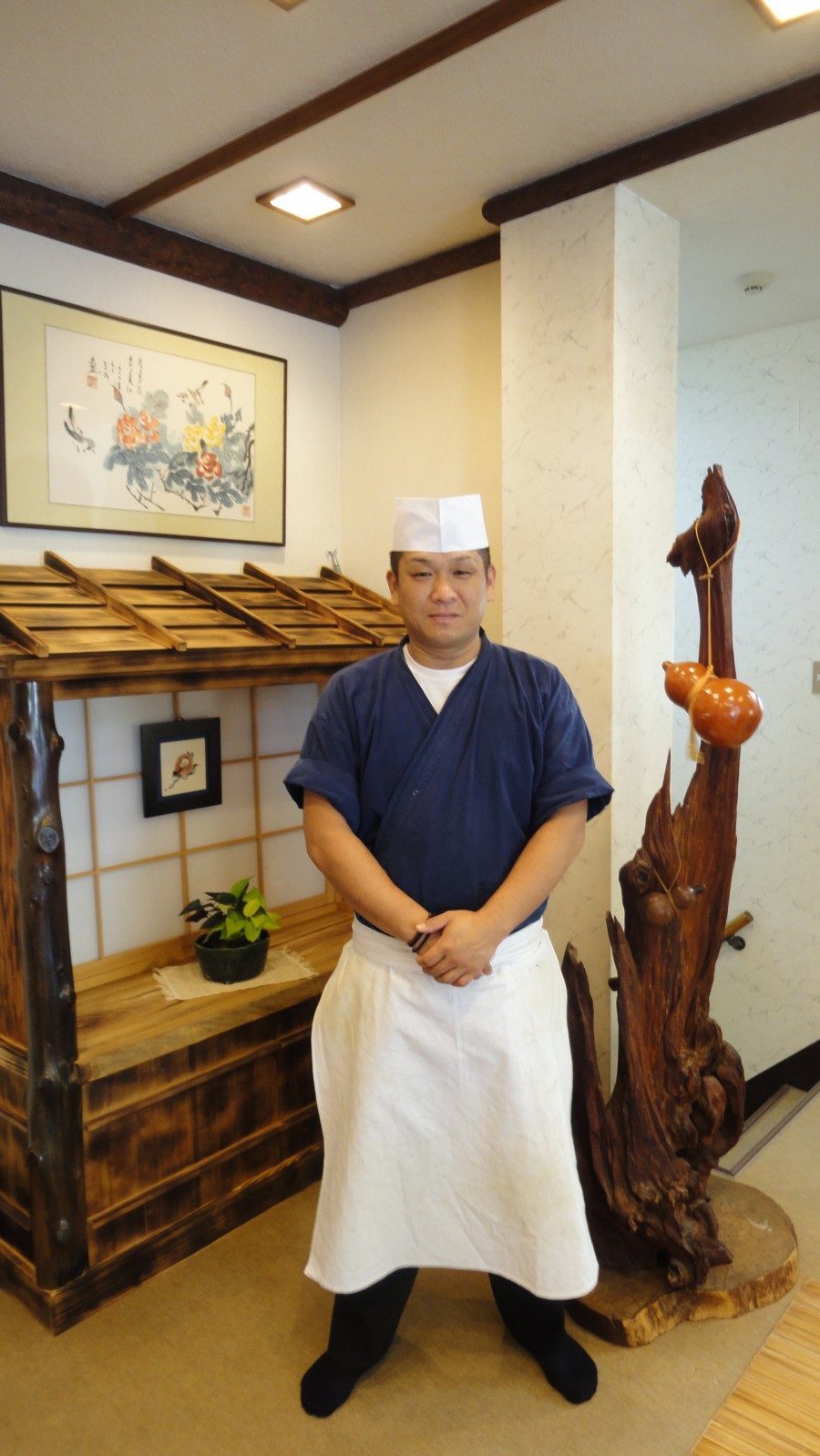Like this post? Help us by sharing it!
It started with an onsen and finished with a waterfall. The two-day hike in the hills, from Yunomine Onsen to the waterfall at Nachi, frequently took my breath away. Fortunately, there was an abundance of fresh air around to revive me.
I spent around six hours on the trail each day. I didn`t need climbing skills, which is fortunate, as I don`t have any. A half-decent pair of walking shoes and a half-decent pair of lungs were enough to get me up and down the hills.
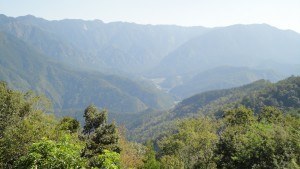
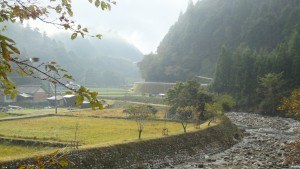
The path took me along the Nakahechi trail, part of the old Imperial Route traversed by Emperors making a pilgrimage south from Kyoto. Two days trekking led me up and down the high hills of the Ogumotori-goe and Kogumotori-goe sections – the route is illustrated on this excellent Kumano website.
I had plenty of company, but little of it was human. I stepped over tiny red forest-crabs, met 3 perky pensioners picking wild mushrooms, chatted with the birds and insects – I had trouble with their accents, startled a stag or two and passed a couple of speed-marching foreign tourists.
I can`t really describe the variety of trees, I literally can`t, except to say the colour tones, shapes and sizes were distinct on each section. I soon filled a memory card anyway. Perhaps I will spend the Christmas break learning the difference between a cedar, a cheddar and a cider. Should be fun.
The series of typhoons in September left loose branches scattered across the trail, otherwise the ancient route survived the freak weather virtually unscathed. Japanese tourists have been temporarily put off, so I had the birds, trees and old tea houses all to myself. At one point, I must have been the only human being for miles in any direction.
Signs posted in Japanese and English drip-fed me stories of the old Kumano. Approching Nachi, I came across this entry hinting at the pilgrims` diet:
“An 18th century pilgrim`s diary stated that the Hatago [inn] where he stayed was very hospitable, but unfortunately, because monkeys and deers had raided their garden, there were only dried ferns to eat. Another Hatago attracted business from weary pilgrims with this simple but effective sales pitch: `We have Tofu. Bath is ready`. ”
Thankfully, Kumano cuisine has more bite to it these days. The locally caught tuna, raw and cooked, was a particular highlight.
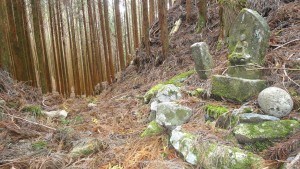
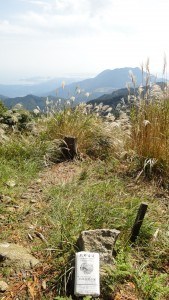
Each night, the friendly welcomes, hot baths and cooked dinners made for memorable experiences. At Mitaki Sanso, the minshuku by Nachi waterfall, the kind owner even organised for me to participate in the morning Buddhist service at Seigantoji temple. At the time, I did not think the owner was kind – the service began at 4:30am – but I have had two weeks to recover since then.
On reflection, the intimate service was well-worth the early rise. I particularly fondly recall the moment when I got up from the tatami ready to leave the temple. The Head Monk came towards me through wafts of incense smoke, smiled and handed me a packet of, “Japanese Sweets”. Faith has its rewards.
This hike on the Kumano trail forms part of the new for 2012, Emperors` Footsteps small group tour.


